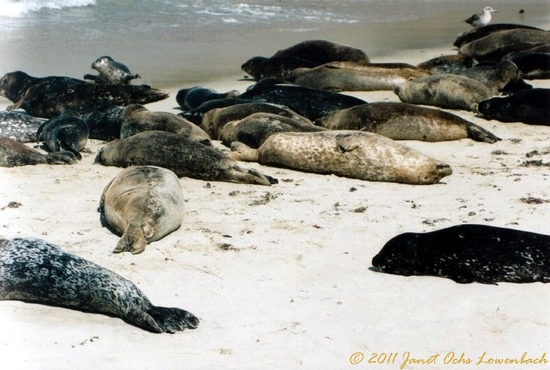This post is written by Guest Contributor, Janet Ochs Lowenbach. If you are also interested in writing a guest blog, please reach out using the form in the Contact page.
Composition is a very important element of photography – it refers to the arrangement of the elements of the photograph – the objects, the lines, the light, the sense of motion. Composition is a general word beyond photography too, and it refers to “The act of composing … or the state of being composed…the union of different things or principles into an individual whole…”
What is important here is that the way you create a composition differs with the art form. With art, you create and combine elements, you generate objects you have developed from your imagination and combine them on the page.
But with photography, the process is more an act of subtraction than creation. The world we look at is too noisy, too filled with parts. The photographer selects those parts that tell a story, create a mood, and draw in the eye, and he discards the rest. It is not always easy to see the photograph when looking at the world through the viewfinder.
Here is an example. I traveled to view seals off the coast of California. There were many problems with them. They smelled terrible. Most just lay there barking and doing nothing. There was no discernible story or pattern in the scene.
The first photograph shows you what I saw as I neared the cliff.
The second photograph shows that as I got closer, I eliminated many of the seals, but there was still no message and no impact.
Finally you see the photograph I ended up with. A white seal (I call him Uncle Charlie) surrounded by a triangular shape of black seals. I walked around the scene, getting closer until I could focus on objects that were combined in a dramatic and pleasing shape and on elements (the triangle) that drew in the eye.
The triangle grounded the picture. Charlie’s expression was dramatic and caught your eye. It created a photograph from lots of indistinguishable shapes.
Sometimes you see one thing when you take a picture and another after you look at it. I was looking for contrast in the photo, and in this shot Charlie’s shape contrasted with the black seal lifted up behind him. Bu t in time, the black figure grew in importance; perhaps I had seen him subliminally. He was a giant black, roaring anti-seal, a shape that gave power to the shot.
Perhaps you would like to try this exercise. Take a scene and photograph it. Then walk around and through it and see how you can improve what you see by eliminating unnecessary elements that obscure the power of your photograph. Feel free to share these with us.












